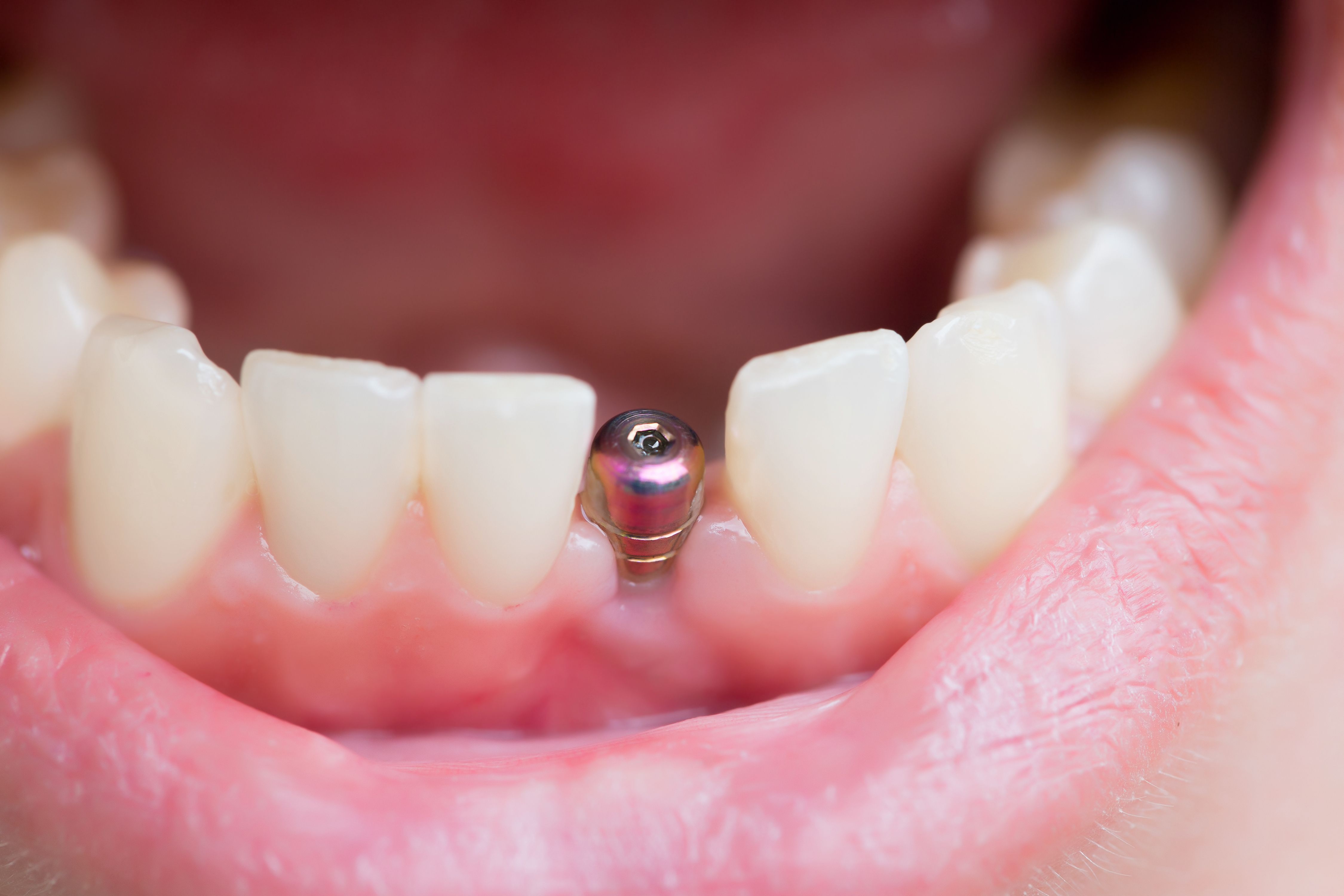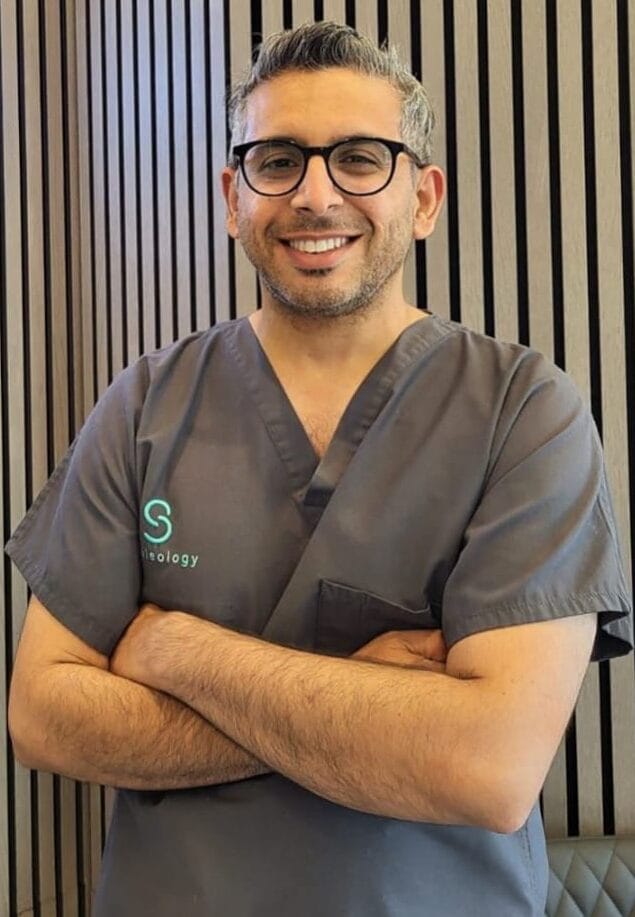Experience the Most Recent Advancements in Oral Implants Technology
As the area of dental care proceeds to advance, the improvements in oral implant modern technology have actually been absolutely nothing short of exceptional. The assimilation of modern technology is reinventing the capability of dental implants, promising enhanced end results and patient fulfillment.
Advanced Materials for Improved Sturdiness
In the world of oral implants innovation, the integration of sophisticated materials has significantly added to improving sturdiness and longevity of these critical dental prosthetics. The application of materials such as titanium alloys, zirconia, and ceramic substances has actually transformed the field by supplying enhanced biocompatibility, stamina, and resistance to corrosion.
Titanium alloys are extensively utilized in dental implants as a result of their remarkable strength-to-weight proportion, deterioration resistance, and compatibility with the body. These alloys ensure the stability and durability of the dental implant by withstanding the pressures put in during talking and chewing, providing a reputable solution for clients seeking long lasting tooth substitutes.
Zirconia, a kind of ceramic material, has actually acquired appeal for its biocompatibility and natural tooth-like look. Its high toughness and resistance to wear make it a suitable choice for dental crowns and bridges, boosting the total aesthetic appeals and capability of the dental implant.

Digital Imaging for Precise Placement
The advancement of oral implants modern technology has actually better advanced with the combination of digital imaging techniques, ensuring specific positioning of these prosthetics for optimum useful and visual results. Digital imaging plays a critical function in the planning and placement of oral implants by giving thorough 3D photos of the individual's jawbone structure. This innovation enables dental practitioners to assess bone thickness, find essential structures, and intend the specific setting and angle for implant positioning with unequaled accuracy.
By making use of electronic imaging, dental practitioners can develop digital medical guides that offer as a roadmap during the implant placement procedure. These overviews are customized for each client, taking into account their special anatomy and the preferred outcome. This degree of accuracy not just improves the success price of dental implant procedures however also reduces the threat of issues.
In addition, electronic imaging allows dentists to envision the final prosthetic repair before the actual positioning of implants, allowing for careful planning and ensuring that the end result fulfills the person's aesthetic assumptions. Overall, the integration of electronic imaging modern technology has revolutionized the area of dental implants, offering clients a much more foreseeable, reliable, and patient-specific therapy technique.

Minimally Intrusive Surgical Techniques


Developments in medical techniques have caused the development of minimally invasive strategies in the field of dental implantology. These techniques aim to reduce injury to the client, reduce recovery times, and boost overall treatment results. Minimally intrusive surgeries entail smaller incisions, specialized instruments, and advanced imaging innovations to precisely place dental implants with very little disruption to bordering cells.
One trick element of minimally invasive methods is the usage of guided surgical procedure, where 3D imaging and computer-aided style software program are employed to prepare the dental implant placement with great precision. This allows for an extra predictable end result and can frequently eliminate the need for considerable flap surgery.
In addition, improvements in products and dental implant design have also added to the success of minimally intrusive strategies. Implants with enhanced surface area buildings promote much faster osseointegration, decreasing the healing time called for prior to the prosthetic remediation can be put.
3D Printing for Custom-made Solutions
Utilizing 3D printing innovation in dental implantology More hints enables the creation of highly customized options customized to private patient needs and physiological variations. This cutting-edge technology makes it possible for oral professionals to develop and produce oral implants with outstanding accuracy and accuracy. By utilizing digital imaging methods, such as cone beam of light calculated tomography (CBCT), thorough 3D models of the client's oral tooth cavity can be created to guide the implant preparing process.
One of the crucial advantages of 3D printing in dental implantology is the capacity to develop patient-specific implants that flawlessly fit the unique anatomy of each individual. This personalized method assists enhance the general success and durability of the implant by guaranteeing optimum fit and positioning. Furthermore, 3D printing allows for the manufacturing of complex geometries and complex structures that would be difficult or tough to attain making use of typical production approaches.
In addition, 3D printing technology makes it possible for dental experts to improve the implantation process, reducing surgery time and boosting total person experience. With its capability to create tailored options rapidly and efficiently, 3D printing is reinventing the field of dental implantology, offering patients innovative therapy alternatives and improved end results.
Integrated Modern Technology for Improved Performance
Executing sophisticated technology in dental implantology boosts functionality and accuracy, boosting the standard of treatment for people going through dental implant procedures. Integrated modern technology plays an essential function in enhancing the overall success and sturdiness of oral implants.
Additionally, the integration of computer-aided style and computer-aided production (CAD/CAM) modern technology enables the production more tips here of custom implant repairs with phenomenal precision. CAD/CAM systems use electronic impacts to create prosthetics that perfectly fit the individual's special anatomy, guaranteeing ideal index convenience and capability. Furthermore, making use of robotic-assisted surgical procedure in implant positioning boosts precision and decreases the threat of human mistake.
Final Thought
In conclusion, the most recent advancements in dental implants innovation offer enhanced sturdiness with advanced products, precise placement with electronic imaging, minimally invasive medical techniques, customized remedies with 3D printing, and enhanced performance with integrated modern technology - Dental implants Kent. These improvements in dental implants innovation are reinventing the field and supplying clients with even more reliable and effective treatment alternatives for recovering their smiles and oral health and wellness
The assimilation of modern technology is reinventing the functionality of dental implants, guaranteeing improved end results and client satisfaction.
The development of oral implants technology has actually further advanced with the integration of digital imaging methods, ensuring precise positioning of these prosthetics for optimum useful and visual results. Minimally intrusive surgical treatments involve smaller lacerations, specialized instruments, and progressed imaging innovations to precisely put dental implants with marginal disruption to bordering cells.
Carrying out advanced innovation in oral implantology enhances performance and accuracy, boosting the criterion of care for clients undergoing dental implant procedures. Dental implants Kent. Integrated technology plays an important duty in improving the overall success and toughness of dental implants
Comments on “Recover Capability and Aesthetics: Dental Implants Kent Services”